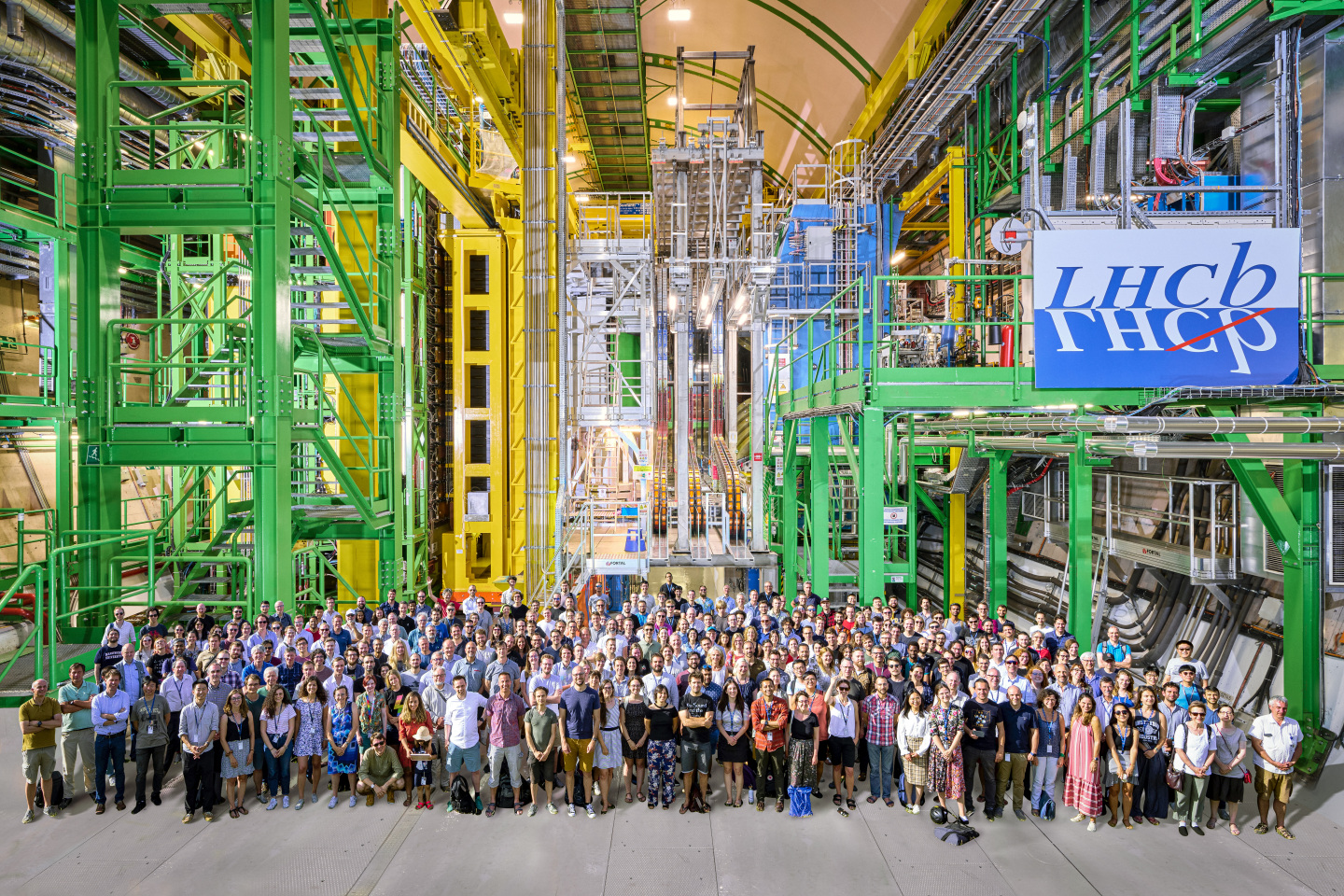Lithuanian Physicists: the Šarpis Brothers on CERN’s Latest Discovery That Sparks Hope for Understanding Matter
 Mindaugas Šarpis (on the left), and Gediminas Šarpis (on the right). Photo from a personal archive
Mindaugas Šarpis (on the left), and Gediminas Šarpis (on the right). Photo from a personal archive
Scientists from the Large Hadron Collider beauty (LHCb) collaboration at the particle-physics laboratory at the European Organization for Nuclear Research (CERN) have made a significant discovery that expands our current understanding of matter and antimatter in the universe. This breakthrough was first presented on 24 March at the ‘59th Rencontres de Moriond 2025’ scientific conference in Italy.
The findings of this study have also been published in the prestigious scientific journal "Nature", uncovering the mechanism behind the asymmetry between matter and antimatter in the universe. This enigma has remained unsolved until now.
Dr Mindaugas Šarpis, a researcher at the Faculty of Physics of Vilnius University (VU) and head of the CERN LHCb Vilnius experimental particle physics research group, explains that we live in a matter-dominated universe.
"Antimatter has opposite quantum properties to matter and is essentially a mirror image of the latter. One of the key goals of the LHCb experiment, with around 1,800 people involved, is to uncover the fundamental differences between matter and antimatter," said the scientist.
New insights from particle decays
According to the VU researcher, the Standard Model of particle physics, known as the most accurate scientific theory to date, explains only a tiny fraction of this asymmetry. This implies that there is still much we do not fully understand. In the LHCb experiment, differences between matter and antimatter were observed in particle decays where no such asymmetry had previously been detected.
"All previous studies had only observed asymmetry in the decays of mesons (particles composed of two quarks). For the first time, LHCb collaboration has identified such a difference in the decays of baryons (particles made up of three quarks). This is a particularly significant discovery, as most of the matter in the universe is baryonic, including protons and neutrons (which are also baryons, consisting of three quarks), and hence all the atomic nuclei, chemical elements and molecules," explicated Dr Mindaugas Šarpis.
Statistically significant discovery
Dr Gediminas Šarpis, a physicist working at CERN in Geneva (who also happens to be Mindaugas’ brother), notes that the findings emerged from the decays of Lambda-b baryons. ‘The latest discovery is statistically highly significant and raises hope that the differences between matter and antimatter may extend across many similar systems. This is a truly important breakthrough," said the researcher, who was a scientific reviewer for the study.
Dr Gediminas Šarpis has been studying baryon particles for nearly a decade. His doctoral research focused on searching for matter-antimatter differences in a similar system that can be differentiated by just one quark. The physicist says that while he did find evidence at the time, its statistical significance was too low.
According to the particle physicists, it took seven years to confirm the result of this study. "The statistical significance of the result is 5.2 sigmas, meaning the discovery is confirmed at a ratio of 1 in 5 million. CERN scientists analyse vast amounts of physics data. This analysis involved working with an array of approximately 10 petabytes of data." Likening this to a relatable analogy, the brothers Mindaugas and Gediminas Šarpis explained: "If we had created a video about our colleagues’ work, it would be equivalent to 5 million high-definition feature-length films."
The brothers have been analysing CERN data for over a decade
Gediminas and Mindaugas Šarpis were the first Lithuanians to join the LHCb collaboration. The brothers – both members of CERN’s LHCb – have been analysing particle physics data for more than ten years.
According to them, the technologies developed at CERN bring added value not only to scientific progress and knowledge but also to innovation development.
"The opportunities for Lithuanian researchers and students to contribute to world-class CERN scientific research have grown significantly. Lithuania’s involvement in such large-scale experiments as the LHCb also benefits the private sector, the economy, and the country’s competitiveness," noted the physicists.

The LHCb collaboration week group photo
In the autumn of 2024, the LHCb Collaboration Board approved VU as a new Institute within the prestigious LHCb experiment.
CERN, the world’s largest particle physics laboratory, unites scientists from over 100 countries. Located on the border between Switzerland and France, it enables researchers to conduct experiments to understand elementary particles and their interactions better. Particle collisions occurring in the 27-kilometre-long Large Hadron Collider (LHC), situated 100 metres underground, allow scientists to search for new particles and phenomena, helping to unravel more of the universe’s mysteries. In 2018, Lithuania became an Associate Member of CERN.